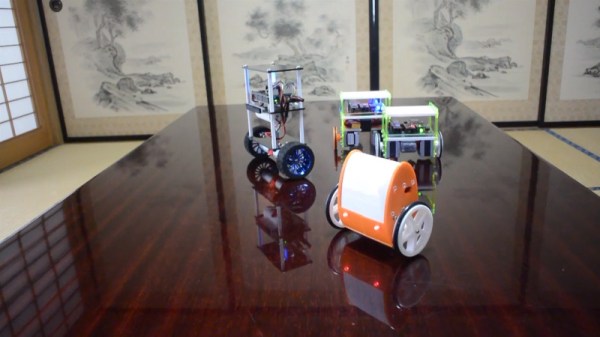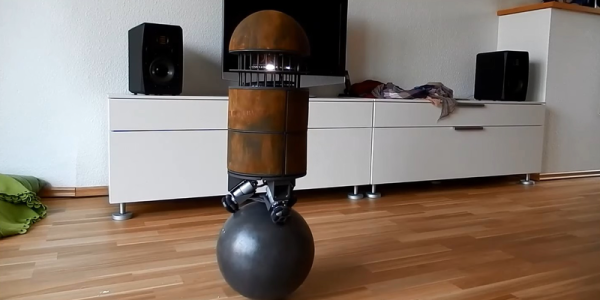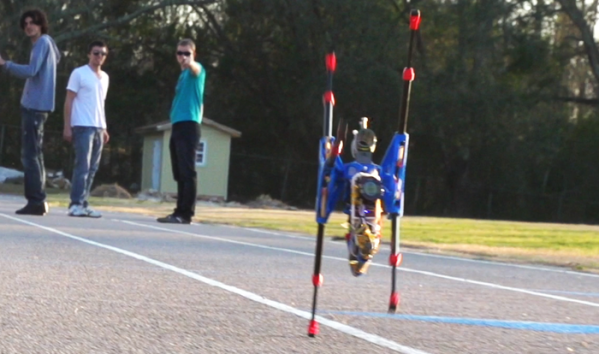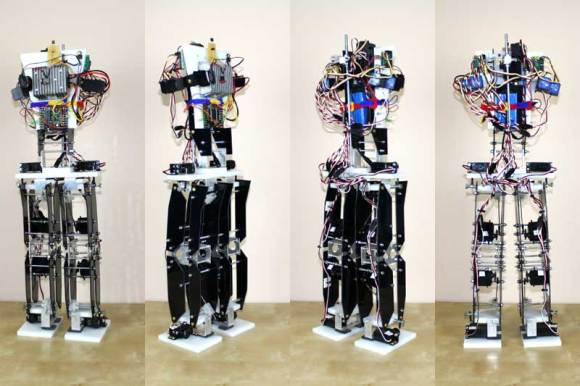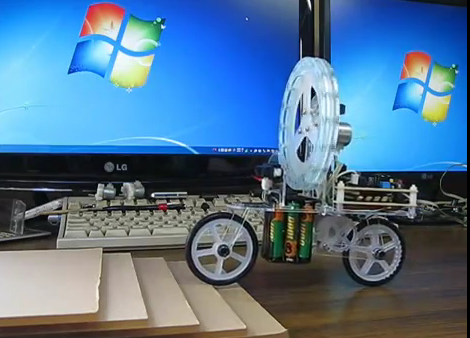In this day and age, we are truly blessed as far as the electronics hobby is concerned. Advanced modules such as gyros and motor controllers are readily available, not just as individual parts, but as pre-soldered modules that can be wired together with a minimum of fuss and at low cost. This simple balancing robot is a great example of what can be done with such parts (Google Translate link).
The robot has an ESP32 running the show, which provides both the processing power required, as well as the WiFi interface used to control the ‘bot from a smartphone. This is achieved using an app from JJRobots, an open-source robotics teaching resource. Stepper motors are controlled by DRV8825 modules sourced from amazon, and an MPU6050 gyro rounds out the major components. Naturally, source code is available on GitHub for your reading pleasure.
It’s remarkable that in this day and age, it’s possible to build such a project with little to no soldering required at all. With a credit card and a healthy supply of patch leads, it’s possible to whip up complex digital projects quite quickly. We’ve seen a similar approach before, too. Video after the break.
[Thanks to Baldpower for the tip!]
Continue reading “Balancing Robots From Off-The-Shelf Parts”

